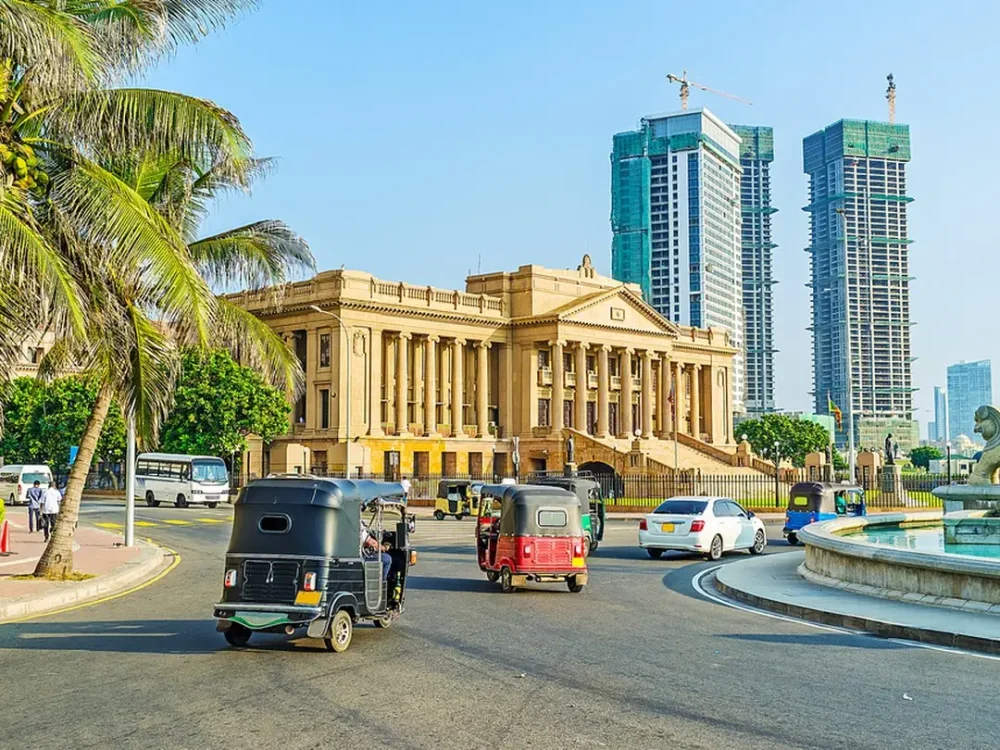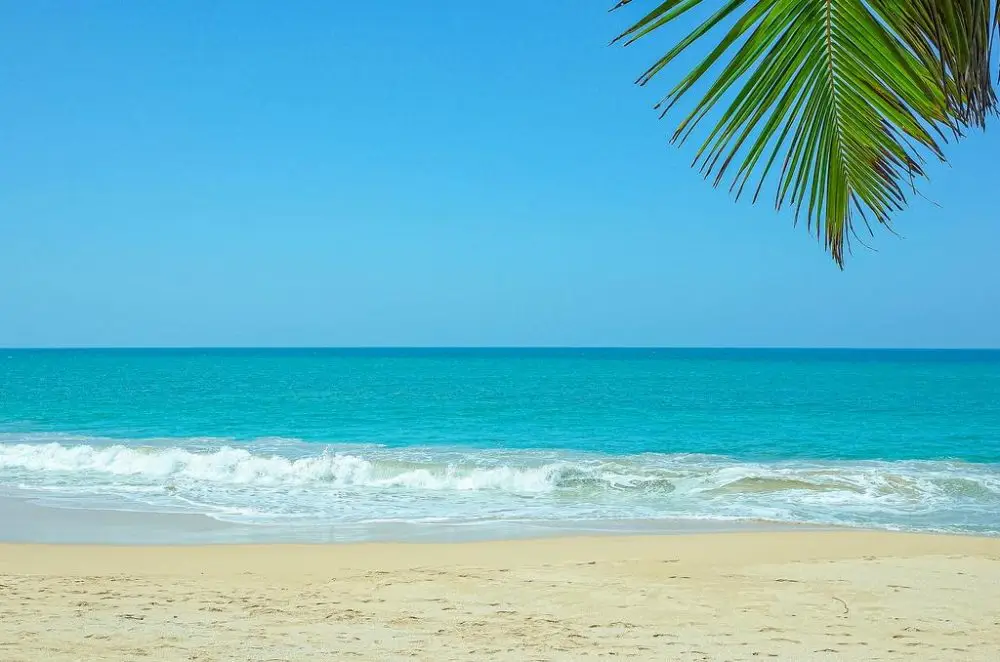The puzzle of packing a suitcase for vacation has long surpassed the popularity of even solving a Rubik’s Cube. Those who have mastered the art of efficiently packing vacation luggage not only win the battle against excess weight but also compete for comfort.
The Importance of a Precise Approach: How to Pack a Suitcase for Vacation Stress-Free
Knowing how to pack a suitcase for vacation to avoid morning panic at the airport is all about smart logistics. Planned packing eliminates rush and reduces the risk of forgetting important details. Airlines strictly enforce restrictions: carry-on weight is limited to 7-10 kg, dimensions – up to 55×40×20 cm. Exceeding these parameters will result in additional costs – the cost of excess baggage varies from 30 to 100 euros per kilogram. Adhering to airline restrictions helps avoid excess baggage fees.

Transport of any kind has its requirements for the volume and weight of luggage. Airplanes limit baggage by dimensions, buses limit by quantity, trains require rational packing for convenient transportation. Packing takes into account the type of transport in advance, especially during transfers. It is important to transfer items to carry-on luggage, using a hack: place heavy but compact items – such as a camera or books.
Tips include efficient rolling of clothes, using shoes as containers for socks and belts, filling gaps with soft items. How to pack a suitcase depends on the specific itinerary: a beach trip, a city visit, or a mountain hike require different sets of items. A summer vacation reduces volume, while a winter one increases due to warm clothing.
How to Pack a Suitcase for Vacation: Secrets of Rational Packing
Space optimization determines the outcome. Proper distribution of items allows for compact and logical packing of luggage for vacation. Initially, the wardrobe requires selection: checking the weather forecast for the route helps determine the clothing composition accurately. In regions with variable climates, a layered approach is justified – t-shirts, light sweaters, windproof jackets.
Accessories contribute to comfort: sunglasses, chargers, headgear, and waist bags save space and increase convenience. Cosmetics should be transferred to travel-size containers up to 100 ml for carry-on luggage to comply with airport security requirements.
Footwear is one of the most debated points. It is optimal to take three pairs: comfortable sneakers for long walks, sandals for heat, a closed pair for evening outings. The bulkiest shoes should be worn on the plane to free up space.
Flexible First Aid Kit: How to Pack a Compact Travel First Aid Kit
A well-packed first aid kit can save a trip. A travel first aid kit takes up minimal space if packed according to the principle: essentials in compact packaging. It is rational to include:
- fever reducer (500 mg paracetamol);
- anti-diarrheal medication (loperamide);
- antihistamine (cetirizine);
- antibacterial plaster (10 pieces);
- antiseptic wipes;
- motion sickness remedy (dimenhydrinate);
- personal medications.
Compactness is achieved through blister packs and soft tubes. Transfer items to carry-on luggage: first aid kit, documents, and chargers should be moved there for quick access.
How to Pack a Suitcase for Vacation: Smart Distribution of Items
A competent approach considers even the smallest details. The wardrobe is arranged by weight: heavy items closer to the suitcase wheels, light items on top. Shoes are placed along the walls to save space. Accessories and cosmetics occupy pockets. A vacation packing checklist guides on not forgetting important items: sunscreen, headgear, headphones, documents, insurance, first aid kit, chargers.
Packing requires considering comfort during the journey. It is advantageous to wear the bulkiest items on the plane: a puffer jacket, bulky shoes, and a sweatshirt free up space and reduce the overall weight of the luggage.
Packing a suitcase for vacation is a task where every gram and centimeter of space works for comfort. Mistakes in packing lead to excess weight, extra costs, and inconvenience during transportation. Therefore, sequence, climate consideration, and smart prioritization are important.
How to Pack a Suitcase for Vacation: Carry-On Control and Strategic Item Placement
What to put in carry-on luggage is a question that determines comfort on the way. It is logical to place the first aid kit, documents, electronic devices, chargers, and spare clothing in case of main luggage delay. Transferring items to carry-on luggage is a hack that minimizes risks during transportation, especially during connecting flights.
Travelers benefit from placing the most voluminous and heavy items in carry-on luggage, without exceeding the airline’s permissible limits. Properly distributed weight eliminates excess baggage fees and speeds up the airport security check.
How to Pack a Suitcase for Vacation: Important Nuances and Mistakes
Packing luggage for vacation correctly means considering even the most insignificant nuances. Mistakes made during packing lead to excess weight, unnecessary costs, or discomfort:
- Excess footwear: three pairs, clearly designated for different purposes, are sufficient.
- Ignoring carry-on luggage requirements: unacceptable exceeding of dimensions and weight.
- Incorrect placement: heavy items on top create imbalance and inconvenience during carrying.
- Lack of a basic first aid kit: absence of necessary medications can spoil the trip.
Each packing element should contribute to comfort and convenience on the road. Packing tips recommend using vacuum bags, soft organizers, and compact containers for cosmetics. Proper space organization enhances comfort and makes it easy to find the necessary items.
How to Pack a Suitcase for Vacation: Influence of Climate, Route, and Type of Leisure
The climate zone dictates the luggage structure. Traveling to a hot country requires a light wardrobe, minimal footwear, and emphasis on sun protection. In cold regions, layered clothing, warm jackets, and sturdy boots take priority.
The type of leisure affects the items to pack. Urban tourism requires comfortable shoes and a minimalist wardrobe, beach vacation – swimsuits, beach towels, and sun protection. Mountain hiking adds thermal underwear, trekking shoes, and thick sweaters.
The mode of transport and the number of transfers adjust the luggage volume. The more transfers, the more compact the suitcase should be. It is important to wear the bulkiest items on the plane to reduce the load on the baggage compartment and avoid excess weight.
How to Pack a Suitcase for Vacation: Detailed Packing Algorithm
A systematic approach helps prepare for a trip without haste. Professional travelers use proven stages:

- Study the climate and weather in the region.
- Create a clear itinerary and determine the number of transportation transfers.
- Plan the wardrobe considering weather conditions.
- Select accessories: sunglasses, bags, umbrellas, chargers.
- Choose three pairs of shoes, wear the bulkiest items on the plane.
- Pack a minimal first aid kit, consider personal medications.
- Pack cosmetics in travel-size containers for carry-on luggage.
- Place heavy items at the bottom of the suitcase, light items on top.
- Use vacuum bags for bulky items.
- Check the weight on floor scales, adjust if necessary.
Clear organization saves time, reduces weight, and ensures convenience.
Conclusion
Packing a suitcase for vacation is not just about capacity. It is a strategic process where each item serves a specific purpose. Proper organization, consideration of route specifics, climate, and transportation, attention to details, and use of proven hacks ensure comfort and convenience on the journey. Correct vacation luggage reduces risks, saves money, and creates conditions for a pleasant trip.
 en
en  ru
ru  de
de  nl
nl  ar
ar  es
es  fr
fr  hi
hi  it
it  pt
pt  el
el 











